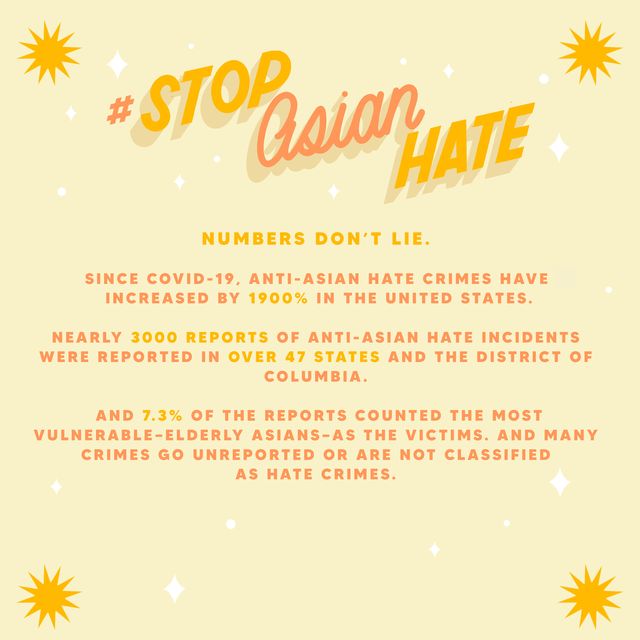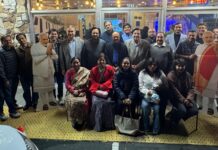Vidya Sethuraman
India Post News Service
Incidents of harassment, assault and discrimination against Asian Americans have escalated during COVID-19. A rash of brutal crimes targeting Asian Americans, especially elders, highlights an epidemic of anti-Asian violence and the need for communities to work together to counter racial and ethnic divisions and stereotypes. Speakers provided data on the spike in anti-Asian hate crimes and efforts to forge cross-ethnic coalitions to combat at the EMS conference on Feb 19.
John C. Yang, President and CEO, Asian Americans Advancing Justice (AAJC) said since the start of the pandemic last spring, Asian Americans have faced racist violence at a much higher rate than previous years. He had heard “palpable” fear within the Asian-American community about being attacked, harassed or targeted. He highlighted the root cause of these attacks and solutions at the national level. He said repeated racist and inaccurate statements about the coronavirus, which researchers said coincided with a rise in violence against Asian and Asian American people. “We saw how hate speech by using the term ‘China virus’ led to hate violence.” When there is fear, they need a place to blame. On racial equity day, President Biden issued a presidential memorandum acknowledging the harm caused by harassment and discrimination against Asian Americans and Pacific Islanders (AAPI) and condemning anti-Asian bias and discrimination. Government needs to step up and educate the community. We must also prioritize community-centered solutions to hate violence including some restorative justice approaches.
“There’s something going on across the nation that really sadly reminds us of some of our past experiences as a community,” said Manjusha Kulkarni, executive director of the Asian Pacific Policy and Planning Council. The latest numbers from Stop AAPI Hate show over 2,800 cases of self-reported anti-Asian hate crimes nationwide. The majority of those incidents about 71% were cases of verbal harassment, while shunning or avoidance made up about 21%. About 9% of the incidents involved physical assaults, and 6% included being purposely coughed or spit on. Women experience hate 2.3 times the rate of men. The problem has been especially evident in areas with large Asian American populations in California and New York, Kulkarni said. She said it’s important to report any incident to law enforcement. She added urgent action needs to be taken by elected officials on all levels to put an end to the attacks that have taken place throughout the pandemic, whether it comes in the form of public education or legislation.
Cynthia Choi, co-executive director of Chinese for Affirmative Action and co-founder of Stop AAPI Hate, said our community is fearful of being in the public alone. These incidents are stark reminders that urgent action must be taken to protect our community from violence and hate. However, even before those incidents, many Asian residents saw a rise in hate crimes and verbal attacks, which the Stop AAPI Hate project has worked to document. We also have had a period that has been very anti-immigrant, that has been racially divisive. Our center tracks and responds to incidents of hate, violence, harassment, discrimination, shunning, and child bullying against Asian Americans and Pacific Islanders in California and where possible throughout the United States, said Choi. We advocate for local, state, and national policies that reinforces human rights and civil rights protections.






